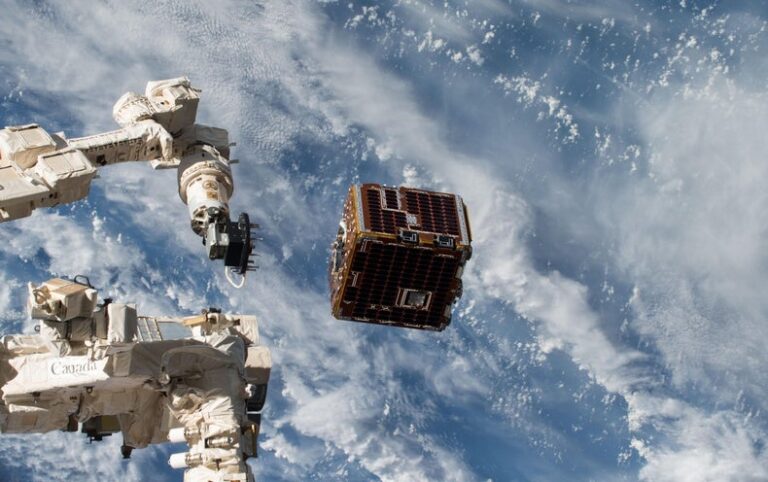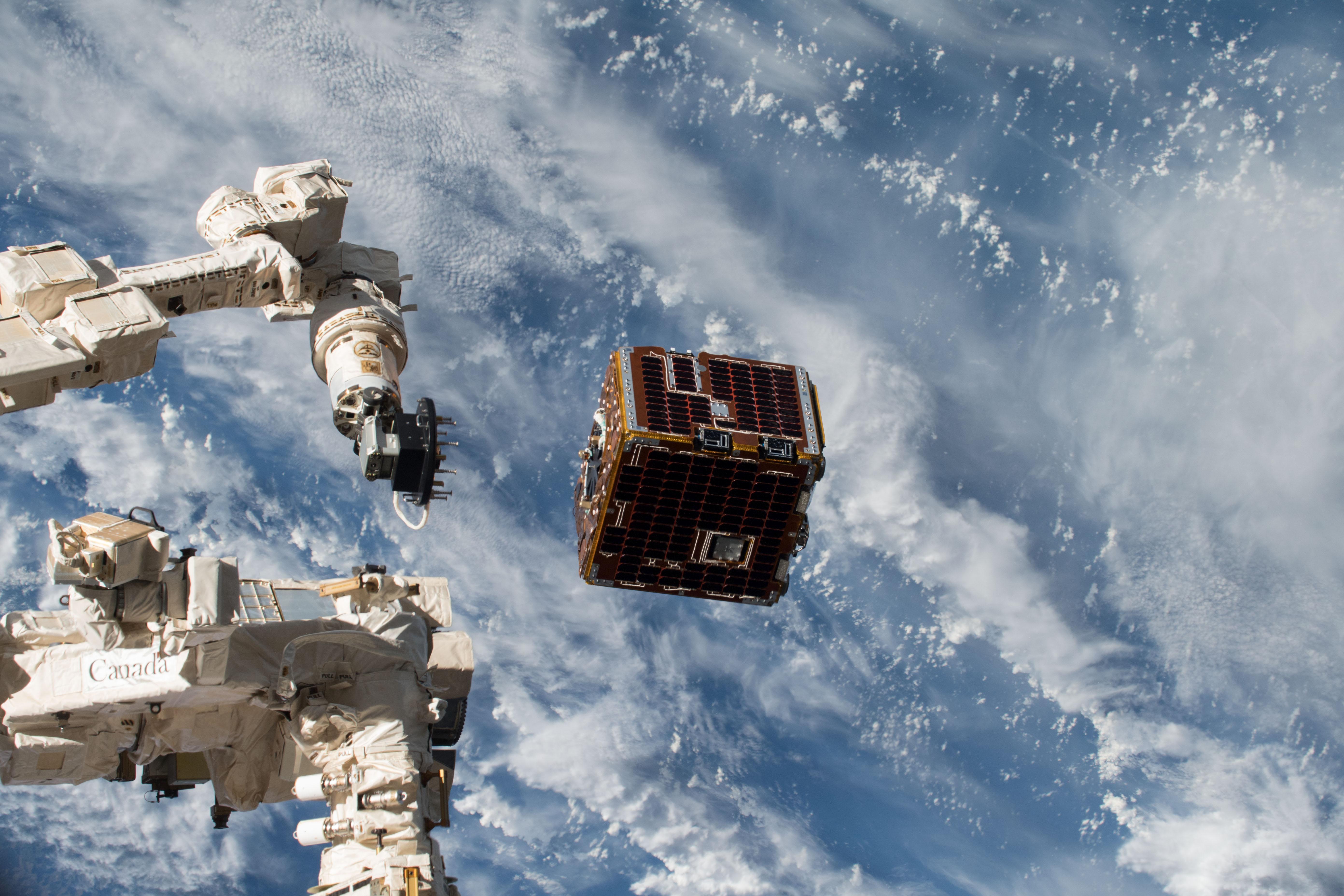
[ad_1]

Knowing that all of humanity’s ecosystems are inextricably linked, including our space environment, I became the world’s first space environmentalist a decade ago, advocating for a broader definition of environment that extends beyond the atmosphere.
There are approximately 30,000 pieces of tracked debris now zipping through space at upward of 17,000 miles per hour, massively disrupting satellite operations. Yet we are building a new space economy that is sadly reminiscent of the gold rush: companies and governments are rushing to stake their claim on as much orbital territory as possible without regard to the consequences. SpaceX, OneWeb and Amazon all plan to launch fleets of thousands of satellites, with one space market intelligence firm estimating an addition of 25,000 more satellites by 2031.
Satellites have to adjust their orbit regularly to dodge existing space debris. For example, SpaceX’s Starlink satellites have maneuvered over a thousand times to get out of the way of debris created by Russia’s intentional destruction of one of its own satellites in November 2021.
Ultimately, our orbital highways will become too crowded, and we’ll lose access to this valuable resource. Most of this space debris is contributed by Russia, the U.S. and China. The time has come for us to demand satellites and rocket bodies that won’t fill space with endless obstructions.
In my own work, I have always been guided by Indigenous communities and what I’ve called their traditional ecological knowledge (TEK). This ancient knowledge has long ensured the responsible and sustainable management of our lands and oceans. Some examples of ancient TEK include midwifery, celestial navigation and fish conservation. I think many Indigenous communities’ approach to sustainability extends further, into space. Privateer and Moriba Jah Universal, companies I’ve co-founded, incorporate Indigenous tenets of sustainability to ensure that the consequences of our collective actions do not impede our future use of outer space.
These tenets guide how we use our natural environments so that space and its resources are not depleted. In the case of space debris, we’re focused on characterizing the carrying capacity of various “habitats” in near-Earth orbit to include cislunar space. If we can calculate the carrying capacity of a specific orbit, then we can predict when it might become unusable. And we can figure out how to effectively mitigate that by incentivizing behaviors and services that give capacity back to everyone.
While we define this carrying capacity, there’s a lot of great work already being done to avoid a “tragedy of the commons” in space, where private organizations deplete a public resource just by acting in their own interest. Here on Earth, researchers have rethought the way we approach product life-cycles. For example, the Space Sustainability Rating (SSR), introduced by the World Economic Forum, provides a mechanism for satellite launchers and operators to submit mission details and receive a sustainability and environmental soundness evaluation of their space activities. SSR incorporates concepts of life-cycle circularity (such as how reusable or recyclable given satellites are) and end-of-life disposal. The point would be to reuse and recycle these satellites in orbit and forego the need for them to return to Earth.
Another cool innovation can be seen with SpaceX’s Falcon 9—a reusable two-stage rocket designed to refly the most expensive parts of the rocket: its engines. Not only does reusing them reduce the amount of waste that ends up in the environment, but it also drives down the costs of sending payloads into space. That makes space more accessible for everyone. For satellites, there are other interesting plans to promote sustainability, with countries looking to implement the United Nations Committee on Peaceful Uses of Outer Space’s long-term sustainability guidelines. On the policy side, the European Space Agency (ESA) is developing a plan to make recycling, refurbishing, repurposing and reusing objects in space a reality by 2030 via its Zero Debris policy.
In the U.S. the Federal Communications Commission (FCC) passed a new policy last September that requires the disposal of defunct satellites in low-Earth orbit within half a decade of the end of their mission. Specifically, once such a satellite dies in orbit, it must be removed from orbit no more than five years after. That’s five years for the object to be junk that’s in the way of working satellites. Previously, the requirement was a whopping 25 years—far too long. The problem with the new FCC policy, however, is that a controlled reentry isn’t specified. People are all too happy to put satellites in low-Earth orbit because without actively maintaining a satellite’s orbit, atmospheric drag forces it to eventually, and hopefully, burn up in the atmosphere. My plight with this is that leaving the cleanup of orbit to Mother Nature is not disposal but rather abandonment. Objects that survive reentry pollute our oceans and lands at best and crash in populated areas at worst. We are now filling space with fleets of thousands of these objects the size of a phone booth, trash can or school locker without remembering that what goes up can come down.
All this adds up to what I alluded to earlier: to achieve a sustainable and circular space economy, we need a policy that requires companies to use an extended producer responsibility framework. This puts the responsibility for a product’s end of life on its producer. Instead of things just whizzing around in orbit until they (hopefully) burn up in the atmosphere, satellites and rocket bodies must be designed to be reused and recycled at the end of their mission.
One big obstacle to this aspiration is that cleaning up space debris is an almost entirely unfunded effort. There’s no one willing to pay. Also, while collisions and breakup events of objects in orbit are adding to space garbage, these occurrences are still infrequent, reducing the urgency to deal with debris. But we do know that we are inevitably on a path toward a tragedy of the commons unless we change our collective behavior regarding the use of and access to orbital space.
Our governing space bodies, such as NASA, ESA and Russia’s space agency Roscosmos, need to work with the private sector, research institutions, universities and others who are aligned with a vision for a sustainable circular space economy. They need to create a system that holds people accountable for proper stewardship of our orbital highways.
One of humanity’s greatest attributes is the capacity for empathy, the ability to project oneself into the perspectives of others. Through my work, I hope to recruit empathy for our space environment. It’s time to convert our pursuit of ownership to a dedication to stewardship. Just like we all want to walk on clean beaches, we also need a space environment free from the trash we create on Earth.
This is an opinion and analysis article, and the views expressed by the author or authors are not necessarily those of Scientific American.
[ad_2]